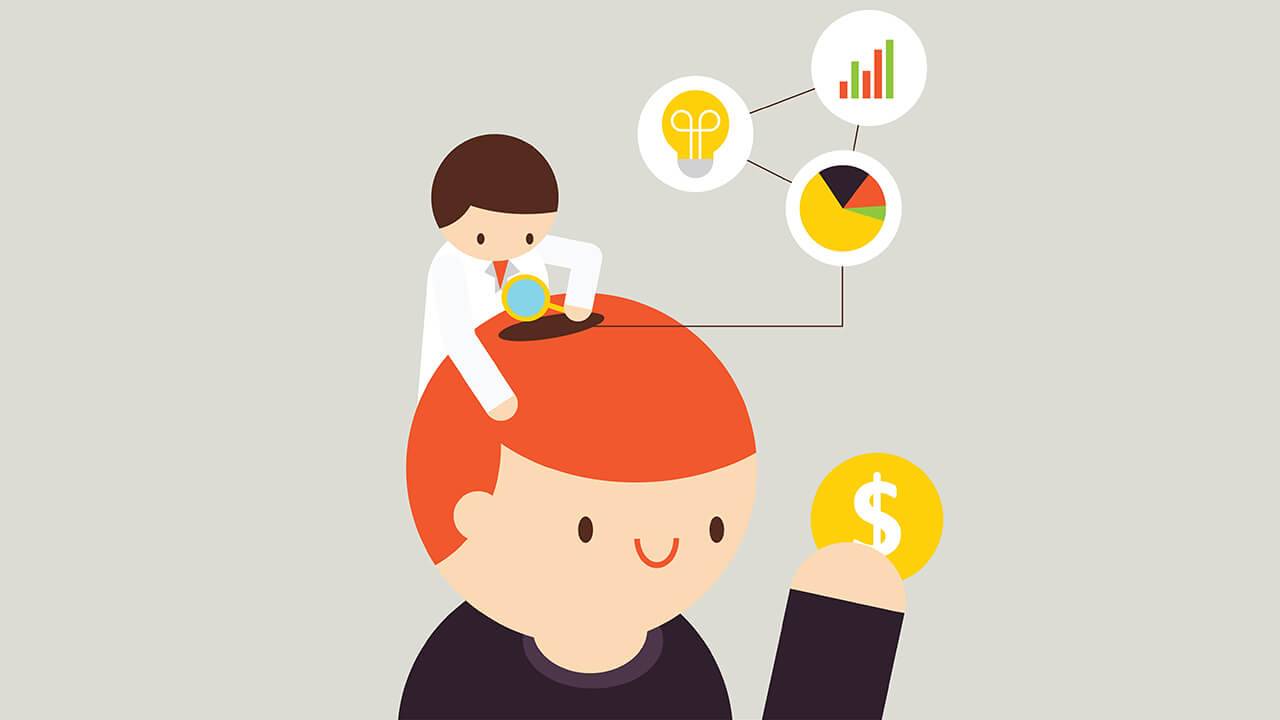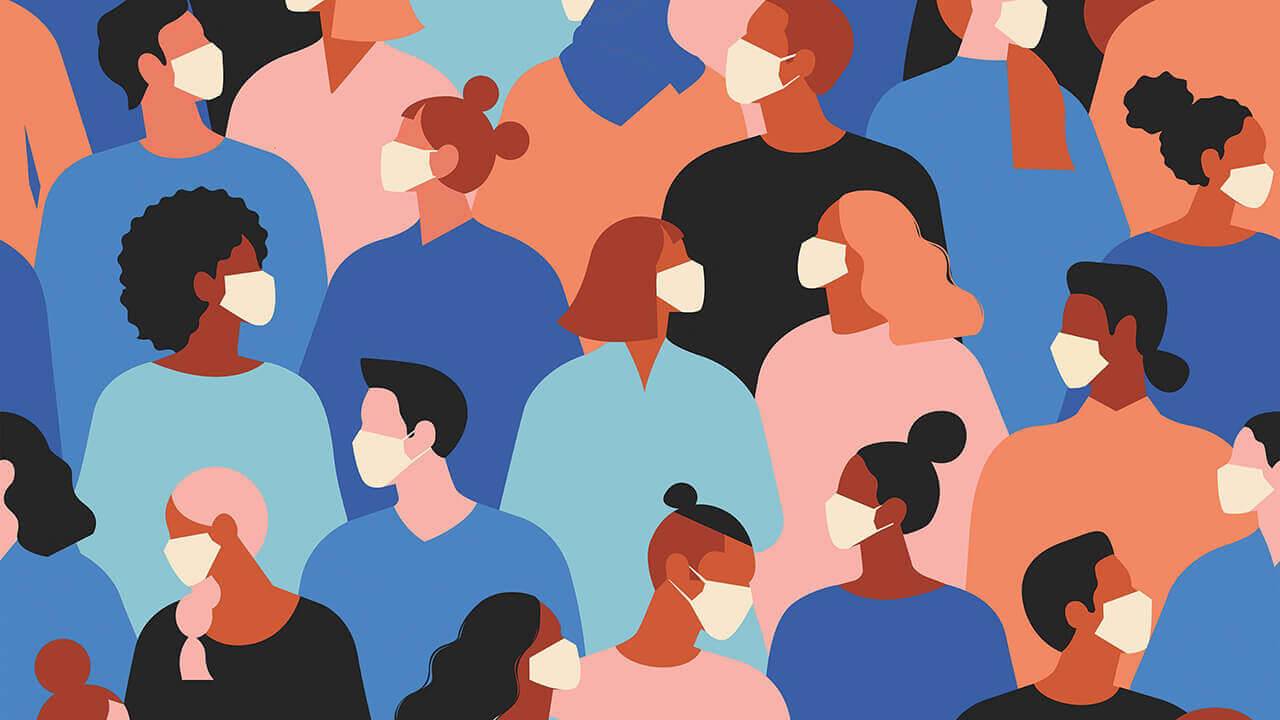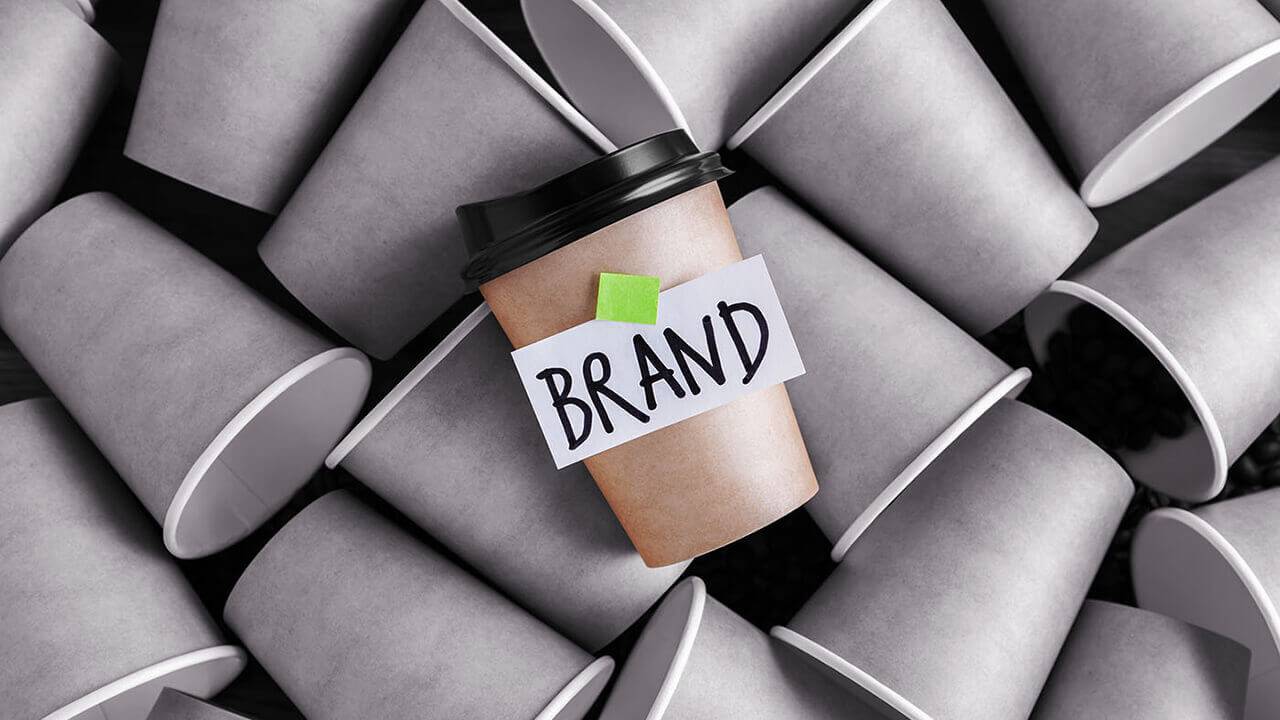The Influence of The Self on Consumer Behavior

Over the years marketing researchers have pondered the reasoning behind consumer behavior, conducting study after study even in the present day as these behaviors continue to change. When research pointed toward solutions that didn’t maximize results, marketers were still wondering what the key determinant was for consumer behavior. Finally, they have come to the conclusion that consumers develop behaviors and preferences based primarily on one thing, and that thing is themselves.
The Self

The Self is defined as a psychological construct that describes how the totality of one’s attitudes, perceptions, and beliefs shape who they are and how they behave. As an individual matures, they define their principal value of self. The more they value the self, the more regulation, balance, and consistency they will have in their life. While their own determination and definition is vital for the formation of their value of self, their environment is also a key component in the development of their self-concept and self-esteem. For example, interactions with friends, family, and significant others can have either a positive or negative impact on who a person believes they are and how they feel about that belief.
The complexity of the self-concept has increased as more psychological and sociological research has been made available. Some researchers believe that the self is a single variable of the actual self-concept while others believe that the self is a multidimensional concept with components that include the actual self-concept and the ideal self-concept. To ensure the organization and true definition of the self, it will be described as a single construct and referred to as “totality,” or all ideas about oneself.
Consumer Behavior
Consumer behavior is the psychology behind how consumers make purchases and use products and services. Companies study this behavior to try and sell products to as many potential customers as possible. There are three factors that influence these behaviors:
- Personal factors
People’s opinions and interests that are determined by demographics, such as age, gender, culture, profession, etc. - Psychological factors
People’s responses to marketing tactics based on their perceptions and attitudes - Social factors
Peer groups like friends, family, and social media that are sometimes determined by education level, social class, and income
Companies must also understand that when people finally make a purchasing decision, the way they do it differs from consumer to consumer. There are three types of buyers:
- Unconflicted buyers
These are the most unpredictable and hard to reach buyers. Their buying decisions are influenced by uncontrollable variables like their current mood, desires, and timing. Their purchases are usually determined by psychological and social factors that require a lot of research to understand. - Tightwads
These types of buyers want to save every last cent and only make purchases that are absolutely necessary or strongly desired. These types of buyers can either have a negative balance in their account or millions in investments and cash. Companies can reach them by providing an irresistible bargain and living up to brand promises. - Spendthrifts
As the complete opposite of tightwads, these buyers spend their money quickly on impulsive purchases that they see, want, and buy without any kind of research or alternative comparisons. Companies can usually reach spendthrifts through converted coupons or advertisements on platforms like Facebook.
Understanding different types of buyers help marketers better understand why consumers make unnecessary purchases. Marketers realized that only a portion of income is spent on necessities while the rest is spent on nonessential products or services. These types of personal decisions are not always rational because they are influenced by personality, emotion, and trends. Thus, marketers must continuously explore how customers make purchasing decisions and respond to marketing techniques.
If most consumer purchases like food, shelter, and medical care are necessary, why do people choose to buy products or services that they don’t need? Behavioral economists, marketing professionals, and psychologists concluded that irrational consumer purchases are usually an attempt to display social status or an emotion such as sadness or boredom. Irrational consumer purchases are also driven by the instinctive human desire for rewards like new gadgets or clothes. These types of rewards lead to dopamine being released and the onset of pleasurable feelings; however, these feelings don’t last long.

Some methods that marketing researchers use to collect consumer behavior data include:
| ✓ Consumer Reviews | ✓ Keyword Research | ✓ Twitter Insiders |
| ✓ Focus Groups | ✓ Google Analytics | ✓ Google trends |
| ✓ Surveys | ✓ Competitor Analysis | ✓ Government Data |
| ✓ Q&A sites | ✓ Blog Comments | ✓ Social Media |
Although each of these methods are highly effective, social media research provides the broadest option for collecting consumer insights. Researchers can ask consumers specific questions, look at what consumers are saying about their product, and see what consumers are saying about other brands in their product category.
Nonetheless, each of the listed consumer behavior data collection methods gives insight into consumers’ intent to purchase, consumer analysis, sentiment analysis, and intelligent market segmentation.
- Intent to purchase
An aid in the development of a detailed understanding of the effects of marketing campaigns on consumers. - Consumer analysis
The assistance in understanding and tracking consumer reactions to campaigns like brand associations and emotional responses. - Sentiment analysis
The presentation of the sentiment about a brand or product in different demographics, primarily determined with product reviews and feedback that also help with product development.
- Intelligent market segmentation
The division of consumers into groups based on motivations so that researchers can better understand them.
To summarize, intent to purchase studies effects; consumer analysis studies reactions; sentiment analysis studies feelings; and intelligent market segmentation studies motivations.
Consumer Behavior after Covid-19

The Covid-19 pandemic affected the mindsets of consumers by sparking a new interest in different brands, products, and services instead of sticking to their old ways. Researchers now realize that the key to shaping consumer behavior relies mostly on meeting customers where they are and providing a solution to their current needs. A brand’s ability to adapt and select the most efficient method of shaping consumer behavior determines its effectiveness.
A brand can shape consumer behavior in a variety of ways:
- Reinforce positive new beliefs.
Companies must think psychologically to acknowledge and promote a brand or product in a way that aligns with consumers’ beliefs. Now that consumers are looking for new ways to do activities like exercising, grocery shopping, and socializing, companies can take advantage of this opportunity by reinforcing and shaping new beliefs that draw consumers toward their brands and products. - Shape evolving behaviors with new products.
For example, there was a spike in consumers purchasing beverages with zinc and Vitamin C, so Lipton Immune Support tea started distributing their product globally and saw a large increase in sales. Package-food companies can also take this chance to urge consumers to develop a habit of cooking at home.
- Align the message with consumer mindsets.
After heightened emotions swept over the world because of the pandemic, a long-term effect could be placed on consumer behavior and preferences. A company’s ability to communicate effectively and to strike the right tone will soon be a huge competitive advantage.
- Conduct a detailed analysis of consumer beliefs and behaviors.
To achieve this, companies should not only monitor product sales, but also gain consumer insights that focus on changed behaviors, beliefs, and motivators to fully comprehend the changing consumer decision process.
- Use context to sustain new habits.
Habits usually develop when consumers relate a certain behavior to a particular concept. Companies can develop certain habits by identifying contextual cues like time of day, a particular task, or object placement to drive behaviors. For example, more consumers are purchasing and wearing masks, so marketers that reinforce mask-wearing behavior can help sustain the habit.
The Self and Consumer Behavior
Researchers agree that the social identity theory is an important perspective to mention when discussing self-concept. The social identity theory is a subset of self-concept that is developed through the membership of social groups. In simpler terms, these are the characteristics that individuals use to define the “us” within a social group that they associate with.
Individuals establish their social identity through their perceived sense of belonging to an internal group or organization. Research shows that consumers are more likely to accept the meaning from brands that align with the group that they identify with. For example, someone who identifies as a technology wiz and whose group only uses Apple products is highly likely to buy an iPhone over an Android. This scenario could also indicate an individual’s goal of showing their affiliation with the group. Likewise, consumers avoid off-group brands that they do not wish to attribute to themselves. For instance, a “tomboy” is not going to buy a dress from Fashion Nova that is associated with “girly girls.” These examples show how self-concept and the social identity theory influence brand preference.
The Self and Product-Image

Previous studies prove that the images individuals have for themselves directly influence their purchasing decisions and emphasize the importance of self-concept and consumer preferences. A theory called self-image congruity (aka product-image congruity) is defined as the process of consumers purchasing from brands that have perceived symbolic images that are similar to the image that they have of themselves. The consumer’s choice to buy, display, and use the products or brands with a perceived symbolic image allows individuals to convey the message to themselves and others. More congruity between the human characteristics someone uses to define their sense of self and the characteristics that portray a brand leads to a higher chance of brand selection and brand loyalty.
Over the years, many studies have indicated that congruity can play a role in consumers’ product preferences and their purchasing decisions. For example, in 1996, Erickson conducted a study that proved the relationship between self-image congruity and purchase intention. European consumers that most related and had the most congruency to American-made Ford Escort were more likely to purchase the automobile. Other related studies demonstrated that less congruency between product-image and self-concept led to fewer purchases. The more the product information aligns with the consumer’s self-concept, the higher the likelihood of gaining their attention, recognition, and retention.
Brands and Symbolism

The terms “brand” and “product” are frequently used when describing consumer behavior and overall business goals. A “product” is a single, tangible item that a company creates and sells while a “brand” is the concept or big idea that consumers affiliate with a product, service, or company. Therefore, a brand is oftentimes viewed as a symbolic promise to be achieved and is used as a form of self-expression and a representation of an individual’s identity.
A symbol—anything that represents something else—can only be communicated properly when the brand achieves social recognition and is clearly understood by society. People have learned to react to and understand symbols by associating them with something else. For example, humans have not always associated a green traffic light with going and a red traffic light with stopping. However, after pairing the color meaning of traffic lights with going and stopping, people have become acquainted with the symbols. Once consumers recognize and become accustomed to a brand, the brand will influence and receive similar reactions from them. Soon the origin of the brand and the reactions to it will become irrelevant because it will be so well-known and accepted in society. For years, people have purchased Rolls Royce automobiles as a symbolic statement of their luxurious and extravagant lifestyle, which continues to drive consumer behavior today.
In marketing, brands are oftentimes used as tools to distinguish companies from their competition and offer value for customers. Consumers value brands because they reaffirm their unique principles and beliefs while also displaying an individual’s understanding of the culture, style, income or wealth, or their affiliation with a social circle or professional group. Therefore, brand selection and brand loyalty are powerful methods of self-expression not just to others, but also to ourselves.
M16 Marketing® provides marketing services that prioritize consumer insight regarding how consumers’ personal beliefs and attitudes shape their behavior. With our in-depth analysis of the human mind, we can predict and shape consumer behavior in a way that will maximize profits and create sustainability, even after Covid-19.










